With the process to find, purchase and transfer suppressors in the United States being as tedious as they are, one of the biggest fears of a new owner is damaging their new toy. While there is always the potential for manufacturing defects, the more common cause of silencer wounds is user error. If you are a soon-to-be owner of a new suppressor, use these images as a cautionary tale to reduce the possibility of hurting your investment.
As we discussed in Part 3 of the Beginner’s Guide To Suppressors, there are a few techniques you can use to make sure your can is properly threaded or mounted to your barrel before you pull the trigger. As a review, let’s take a look at all the steps you can take to minimize the risk of silencer damage.
- Ensure your barrel is properly threaded.
- Make sure your threads are concentric to the bore.
- Does your silencer sit evenly on the barrel shoulder? (clean and inspect your threads)
- If you are using a mount, follow the installation instructions and never use crush washers.
- Check the silencer periodically for proper tightness.
- Is your silencer rated for the barrel length you are using? (7.5″ or 16+”)
- Is your silencer rated for the round you are using? (i.e. magnum versus subsonic only)
- Is your barrel’s rate of twist compatible with the bullet weight (length) you are using? (check for keyholing prior to shooting suppressed)
- What rate of fire can your suppressor take? (full auto-rated versus slow fire)
- If your suppressor is user serviceable, is it assembled correctly?
- Follow proper, cleaning, maintenance and inspection for debris inside your cans.
- Don’t be stupid. (If you mistreat anything, the potential is there to cause injury or destruction)
I don’t know the story behind all of these pictures, but safe to say, something went wrong.
End Cap Strikes:

1
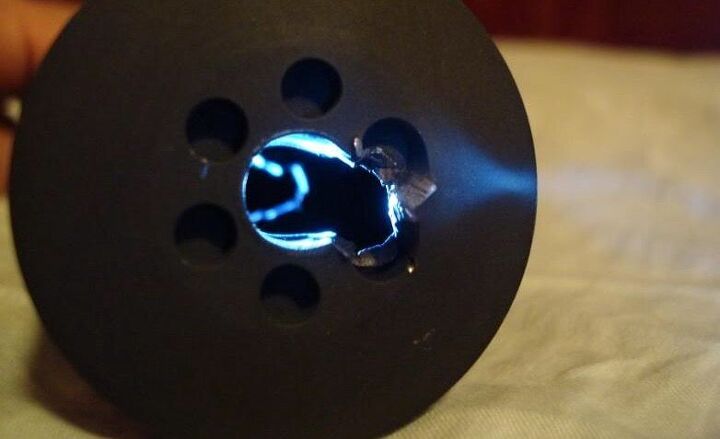
2
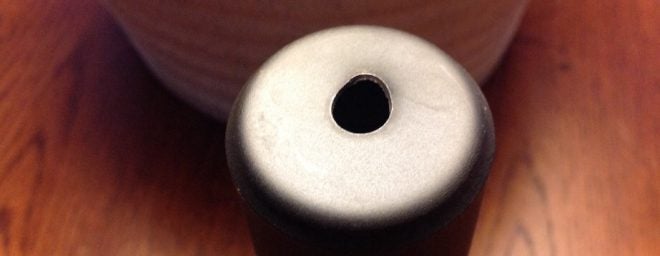
3
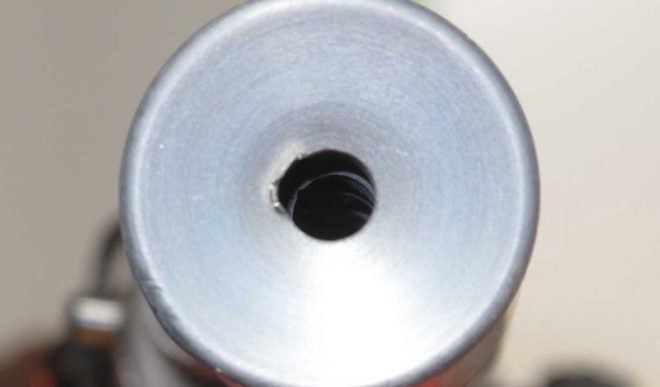
4
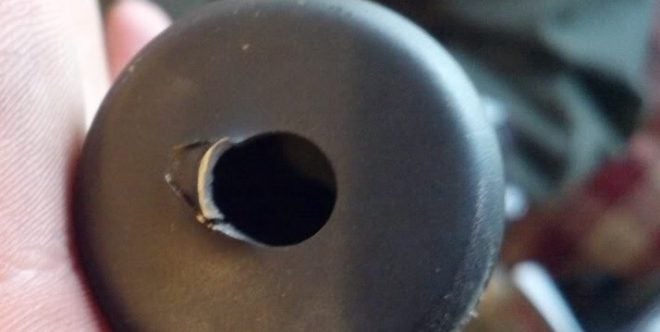
5
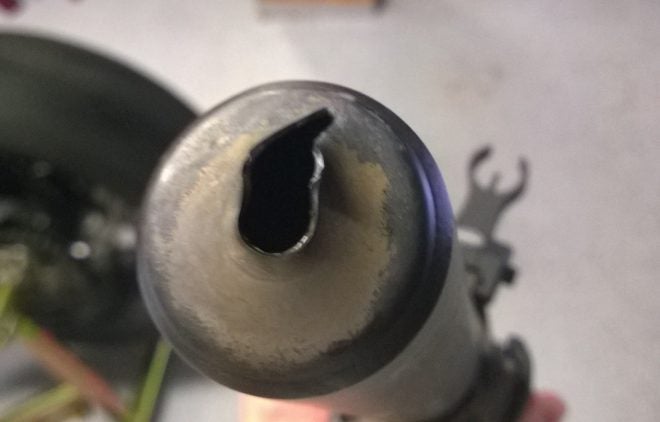
6

7
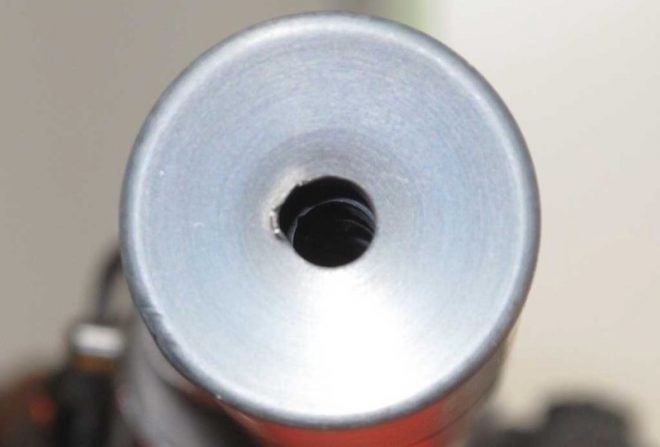
8

9
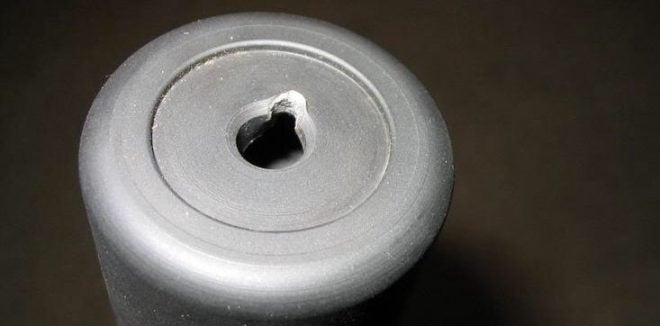
10
Baffle Strikes:

11

12

13

14

15
Catastrophic Failure:

16

17

18
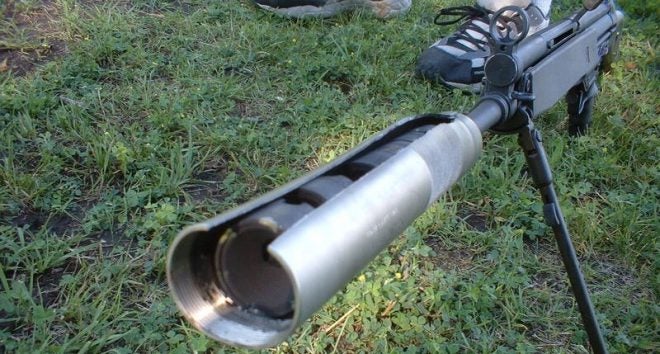
19

20
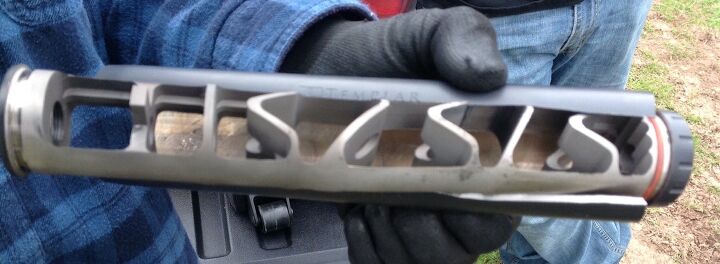
21
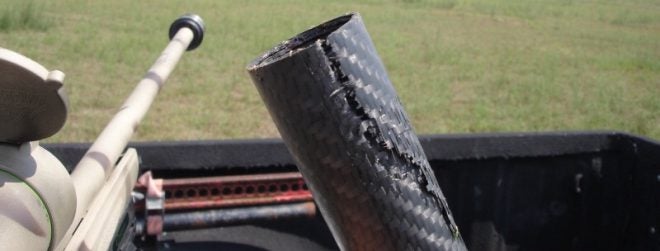
22
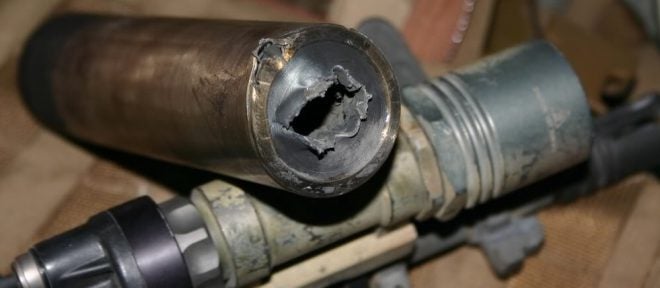
23

23.5
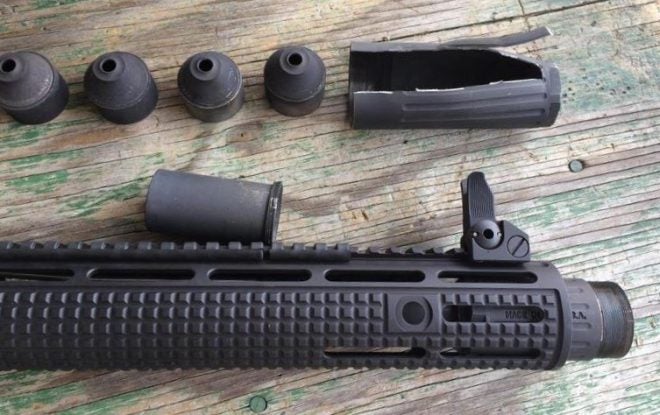
24
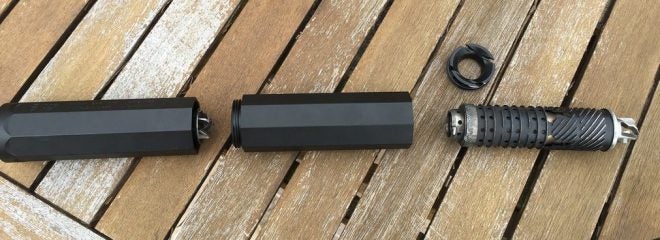
25
Other:
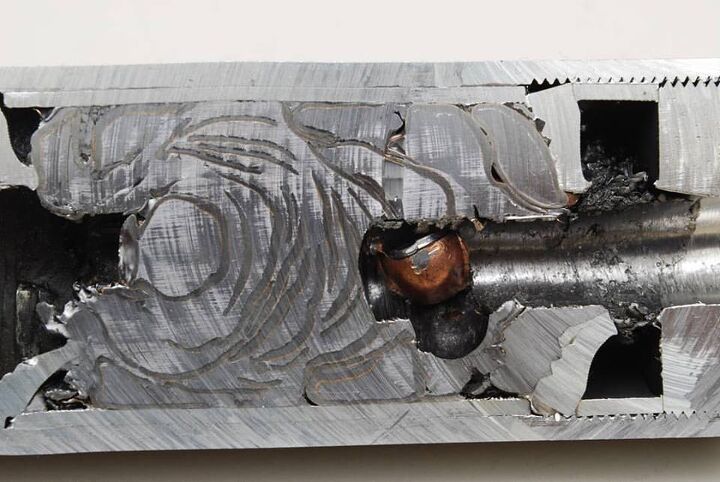
26 (User error here. Note that the can actually withstood al the rounds piling up)
Scary right? Don’t worry, baffle strikes, end cap strikes and catastrophic damage are very rare.
Just use common sense and RTFM (Read The Freaking Manual).
 Your Privacy Choices
Your Privacy Choices
